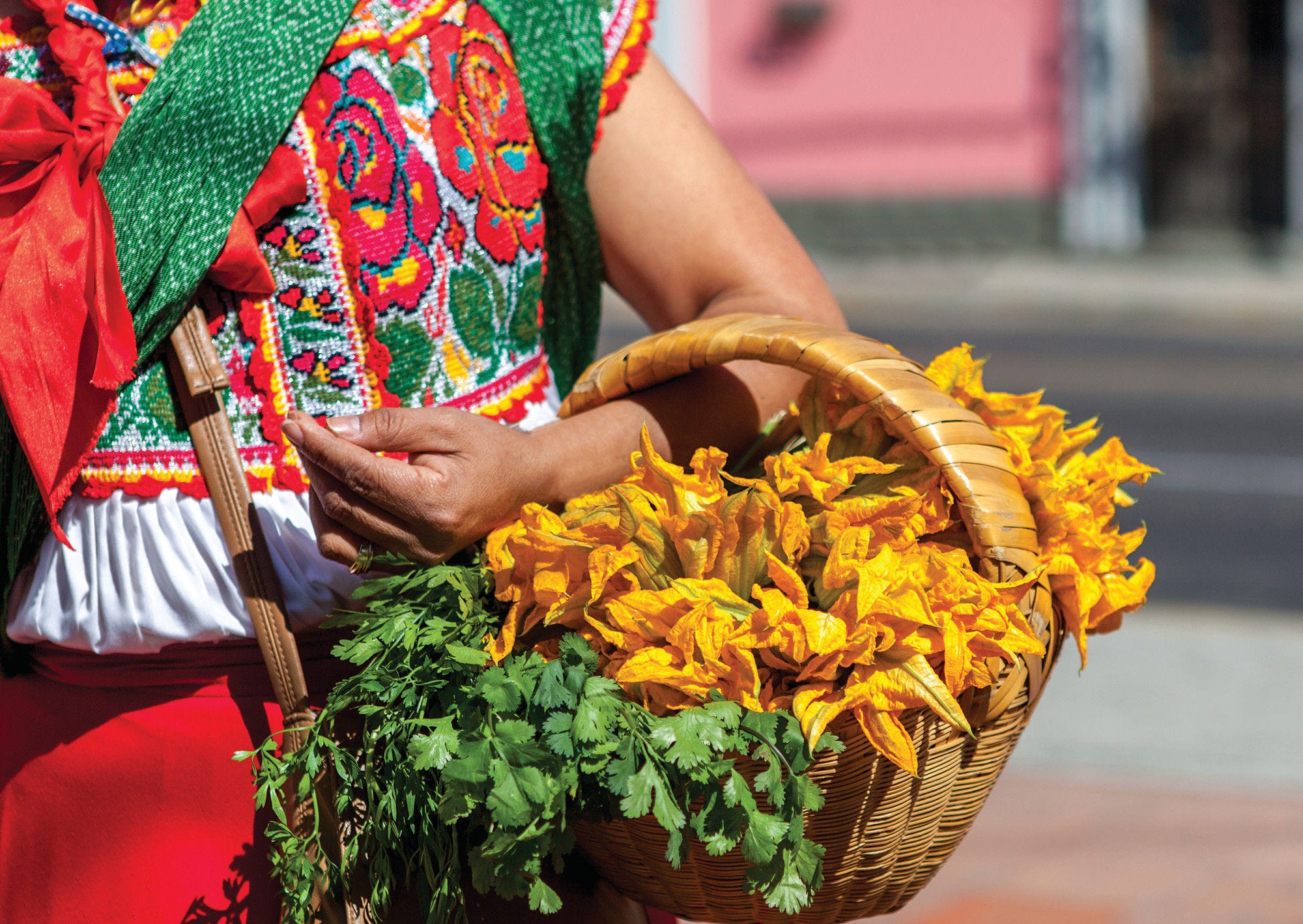In the LAC region, around one third of the deaths in the first year of life occur during the neonatal period (i.e. during the first four weeks of life or days 0‑27) and childhood diarrhoea and pneumonia are the leading infectious causes of childhood morbidity and mortality (PAHO, 2017[16]). Effective health systems can greatly limit the number of infant deaths, particularly by addressing life-threatening issues during the neonatal and childhood period. Basic care for infants and children includes promoting and supporting early and exclusive breastfeeding (see indicator “Infant and young child feeding” in Chapter 4), identifying conditions requiring additional care and counselling on when to take an infant and young child to a health facility (Tomczyk, McCracken and Contreras, 2019[17]). Several cost-effective preventive and curative exist, including vitamin A supplementation, vaccination, oral rehydration therapy (ORT) for diarrhea, and appropriate antibiotic treatment for acute respiratory infection (ARI). Access to these services leads to better infant and child health.
As part of prevention, supplementation with vitamin A is considered important for children because it reduces the risk of disease and death from severe infections. Access to preventive care varies across LAC as shown by the intake of vitamin A supplements (Figure 5.18) and vaccination coverage (see indicator “Childhood vaccination” in Chapter 7). According to data from eight LAC countries, access to vitamin A supplementation for children aged 6‑59 months is markedly low in the El Salvador and Haiti (20% and 19%) and, especially in Peru with 4.5%, whereas Nicaragua has a coverage rate of near 90%. The LAC8 average stands in 42%.
Appropriate treatment could also prevent deaths from diarrhea and pneumonia. Dehydration caused by severe diarrhea can be easily treated with ORT. In average, less than 47% of children under 5 years with diarrhea receive ORT in 19 LAC countries with data, with Guatemala, Dominican Republic, Ecuador, Guyana, Suriname, Costa Rica, Peru, Paraguay, Bolivia and Argentina having less than 50%. The coverage is highest in El Salvador and Nicaragua over 65%. Income inequalities are high in Peru where 42% of children in the highest income quintile receive ORT when they need it, while only 22% of children in the lowest income quintile does (Figure 5.19). Notably, children in the lowest income group receive a higher coverage than in the highest income group in Paraguay, Honduras and El Salvador, which suggests that the health system can target the most vulnerable population and provide the most needed services.
Access to appropriate medical care for children with ARI can also be improved in many countries in the region. Although in average more than three quarters of children with symptoms are taken to a health facility, around half of them receive antibiotic treatment (Figure 5.20). It is important to stress the relevance of rational antibiotic use, both due to the health implications of antimicrobial resistance development and also as a source of waste in health systems (see Chapter 2).
There is a correlation between treatment coverage for diarrhea and ARI. Antibiotic treatment for ARI is particularly low in Guyana, Haiti and Dominican Republic, where the treatment for diarrhea is also low. This suggests an urgent need to further expand access to care to treat leading causes of child mortality in these countries.



